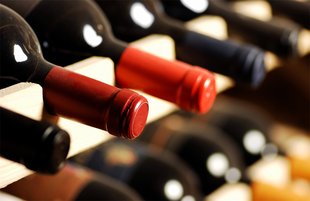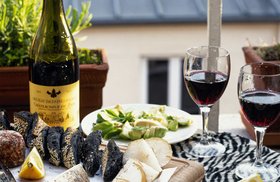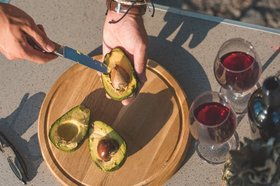12 Best Investment Wines (2025): Top Bottles & Brands to Watch
With low volatility, long-term return potential, and growing global demand, investment-grade wine is an excellent alternative asset if you’re looking to diversify your portfolio.
However, with only a tiny fraction of fine wine considered investment-grade, picking the right bottles with growth potential is critical.
So how can you tell which wines to invest in?
We’ll begin by looking at the most popular investment wine regions and some of the world’s best-performing wine brands. We’ll then tell you which wine bottles can be ideal alternative assets and how to invest in them easily via Vinovest.
Further reading
- Discover wine as an investment asset, and Start Your Wine Investment Portfolio.
- Wondering If En Primeur Wine Is Worth Your Time? Read up on wine futures and decide.
This Article Contains:
- The Most Popular Investment Wines In The World (By Region)
- Top Wine Brands To Invest In (Including Price Performance)
- 12 Exquisite Investment Wine Bottles To Add To Your Collection
The Most Popular Investment Wines In The World (By Region)
Historically, Burgundy and Bordeaux wines have dominated the fine wine investment scene. However, according to the 2024 Liv-ex Power 100, Bordeaux and Burgundy wines together accounted for 55% share of the top 100 ranked brands, a decline from 67% in 2023.
Investors are expanding their horizons, fueling demand for exotic wines from Spain, Italy, Champagne, the Rhone Valley, and the US.
A. Bordeaux Investment Wines
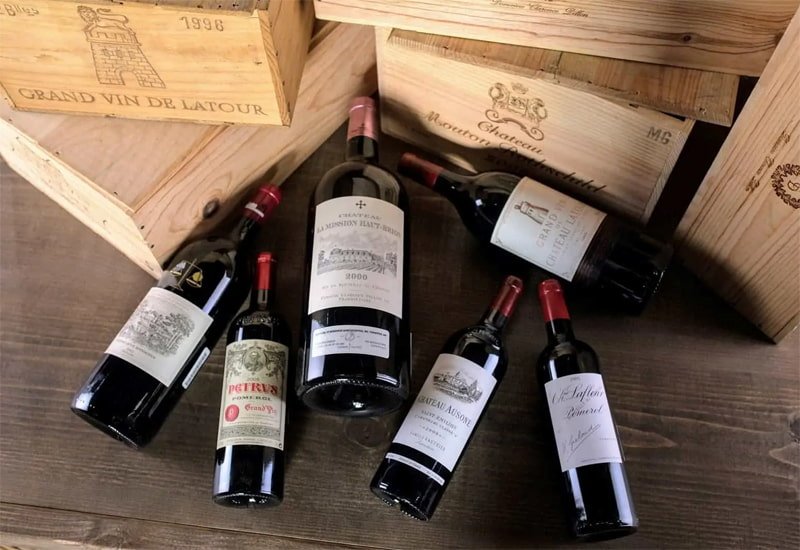
Bordeaux wine investments usually center on First-growth red blends. These wines are known for their consistent quality and aging potential, which keeps them in steady demand on the secondary market.
On the Left Bank, top names like Haut Brion, Latour, and Lafite Rothschild are famous for their Cabernet Sauvignon-based blends. Meanwhile, the Right Bank is known for standout Merlot blends from producers like Petrus, Le Pin, and Lafleur.
B. Burgundy Investment Wines

Scarcity is a driving factor in Burgundy wine investing. The finest Burgundy Grand Cru wines are made in minuscule quantities, and collectors often snap them up upon release.
Some of the best Burgundy investment wines come from (but not limited to) the Grand Cru vineyards of producers like Romanee-Conti, Leroy, Leflaive, Coche-Dury, and Armand Rousseau.
When re-emerging on the secondary market, Burgundy wine prices can soar to astronomical heights.
Rare Burgundy can command thousands of dollars at an auction house sale — like a methuselah of Romanée-Conti 2000 that fetched $404,000 at a Sotheby’s wine auction in 2021.
C. Rhone Valley Investment Wines
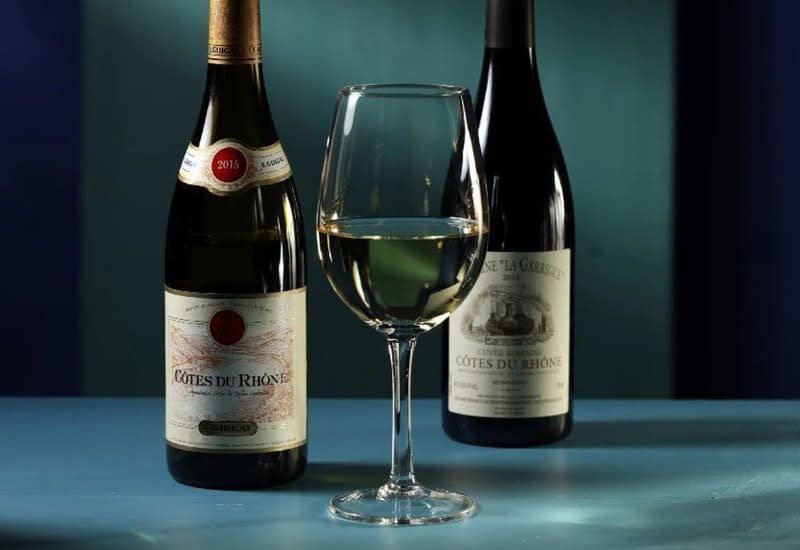
Rhone Valley has few wines capable of demanding the high prices of top-tier Burgundy or Bordeaux wine. But there are still several that can help balance out a wine portfolio.
Examples would be vintages from Chateau Rayas, Chateauneuf-du-Pape, Paul Jaboulet Hermitage La Chapelle, Jean-Louis Chave Hermitage Vin de Paille, or Guigal Ermitage Ex Voto.
D. Champagne Investment Wines

Champagne’s presence in the fine wine investment market is led by Dom Pérignon, Louis Roederer, and Krug.
Offering solid pricing, availability, and wide distribution, Champagne has managed to provide accessibility and steady returns for fine wine investors.
E. Italian Investment Wines

Italy’s investment wines come mainly from the Tuscan and Piedmont regions.
While most trade is generated by the critically acclaimed Super Tuscan stars, Sassicaia, Ornellaia, and Solaia, the demand for Italian wine has seen more Italian brands enter the secondary market.
Tuscan traditionals such as Brunellos from Gianfranco Soldera or Casanova di Neri could make a lucrative inclusion to a wine investment portfolio, as would Vino Nobile classics like Poliziano Le Caggiole or Avignonesi Riserva Grandi Annate.
Piemontese representatives in the fine wine market center around its Nebbiolo-based wines. These are primarily Barolos (and some Barbaresco) from producers like Giacomo Conterno, Giuseppe Mascarello, Bruno Giacosa, Aldo Conterno, or Roagna.
F. American Investment Wines

When it comes to New World wine investing, California wine is at the forefront. The US’s top investment wines are all Californian, mostly collectibles made in tiny amounts.
Cabernet Sauvignon wines from Napa Valley dominate this list in the fine wine market, from producers like Screaming Eagle, Schrader Cellars, Kapcsandy Family, Roberto Mondavi, and Caymus.
Beyond Napa Valley, investment wines come from Sonoma County’s Vérité Winery and Ridge Vineyards of the Santa Cruz Mountains. The cult wines of Central Coast’s Sine Qua Non also have a strong following.
G. Australian Investment Wines

Australia offers several New World alternatives for wine investment.
Australian wine producers noted for their investment grade wine include Penfolds, Henschke, Jim Barry, Torbreck, and Mount Mary. Penfolds, in particular, has produced several wines that have had a steady appreciation in value over the past years.
Now let’s look at the finest wine brands you should add to your wine collection.
Top Wine Brands To Invest In (Including Price Performance)
An estimated 101,000 wine producers exist globally, but only a tiny fraction produce quality wines that can be considered an asset for alternative investment.
According to the Liv-ex Power 100 Report, these are the top 15 wine brands in 2024:
| Wine Brand | Rank In 2023 | Rank In 2024 |
|---|---|---|
| Vega Sicilia | 56 | 1 |
| Gaja | 7 | 2 |
| Tenuta San Guido (Sassicaia) | 57 | 3 |
| Joseph Drouhin | 5 | 4 |
| Château d’Yquem | 2 | 5 |
| Henri Boillot | 8 | 6 |
| Château Mouton Rothschild | 12 | 7 |
| Penfolds | 11 | 8 |
| Domaine Leroy | 10 | 9 |
| Château Cheval Blanc | 6 | 10 |
| E. Guigal | 18 | 11 |
| Domaine Leflaive | 1 | 12 |
| Château Latour | 21 | 13 |
| Dom Pérignon | 48 | 14 |
| Roagna | 46 | 15 |
12 Exquisite Investment Wine Bottles To Add To Your Collection
The vintage, producer, and region often decide the investment-worthiness of the wine asset class. Besides, you should also look at drinking windows and wine critic scores while building a wine portfolio.
Here’s a list of outstanding wines to add to your wine cellar. We’ve included the varietal, price appreciation over time, drinking window, and wine expert or critics’ score for your reference:
- 2015 Domaine Leroy Richebourg Grand Cru, Cote de Nuits, France
- 2014 Coche-Dury Corton-Charlemagne Grand Cru, Cote de Beaune, France
- 2015 Emmanuel Rouget Cros Parantoux, Vosne-Romanee Premier Cru, France
- 1996 Dom Perignon P2 Plenitude Brut Rose, Champagne, France
- 2010 Sine Qua Non Stockholm Syndrome Eleven Confession Vineyard Grenache
- 2018 Chateau Lafite Rothschild, Pauillac, France
- 2016 G. B. Burlotto Barolo Monvigliero, Barolo DOCG, Italy
- 2018 Château Margaux, Margaux, France
- 2016 Tenuta San Guido Sassicaia Bolgheri, Tuscany, Italy
- 2010 Vega Sicilia Unico Gran Reserva, Ribera del Duero, Spain
- 2007 Gaja Sori San Lorenzo Langhe-Barbaresco, Piedmont, Italy
- 2007 La Spinetta Vursu Vigneto Valeirano Riserva, Barbaresco DOCG, Italy
1. 2015 Domaine Leroy Richebourg Grand Cru, Cote de Nuits, Burgundy ($29,893)
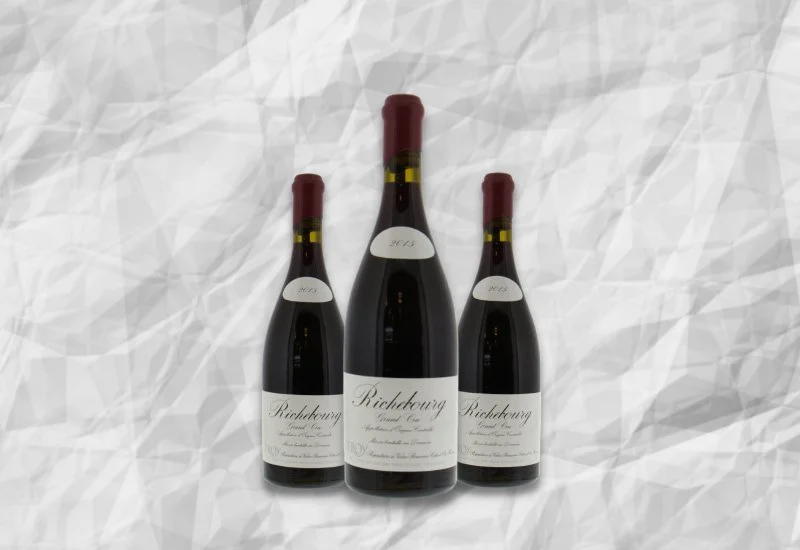
- Varietals: Pinot Noir
- Price trend: $15,537 in June 2024, $29,475 in Jan 2025 (+90%)
- Drinking window: 2025-2065
- 98/100 Robert Parker The Wine Advocate (March 2018)
2. 2014 Coche-Dury Corton-Charlemagne Grand Cru, Cote de Beaune, Burgundy ($8,438)
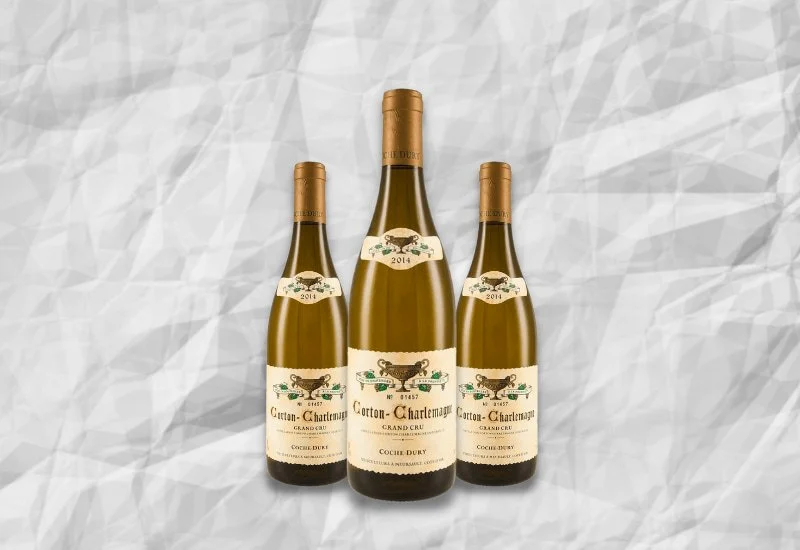
- Varietals: Chardonnay
- Price trend: $5,441 in Apr 2020, $8,317 in April 2025 (+53%)
- Drinking window: 2017-2050
- 99/100 Robert Parker The Wine Advocate (December 2016)
3. 2015 Emmanuel Rouget Cros Parantoux, Vosne-Romanee Premier Cru, Burgundy ($4,096)
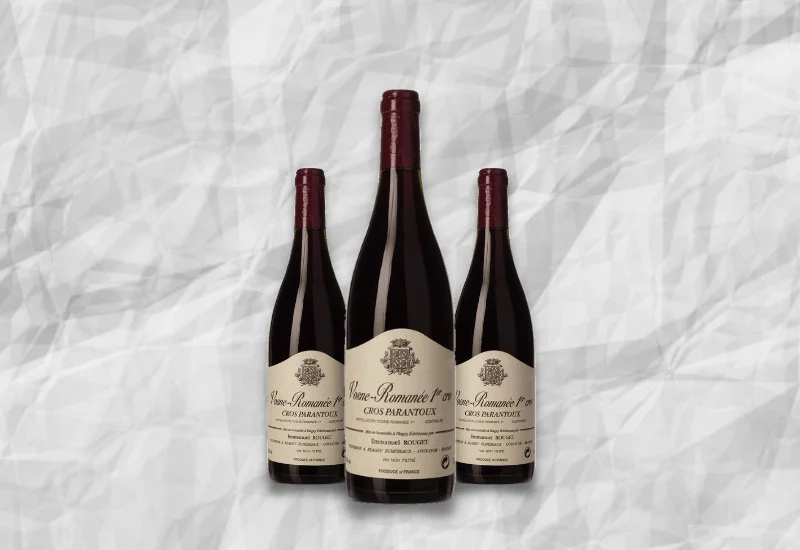
- Varietals: Pinot Noir
- Price trend: $3,439 in June 2023, $4,061 in April 2025 (+18%)
- Drinking window: 2025-2050
- 96/100 Robert Parker The Wine Advocate (April 2018)
4. 1996 Dom Perignon P2 Plenitude Brut Rose, Champagne ($1,483)
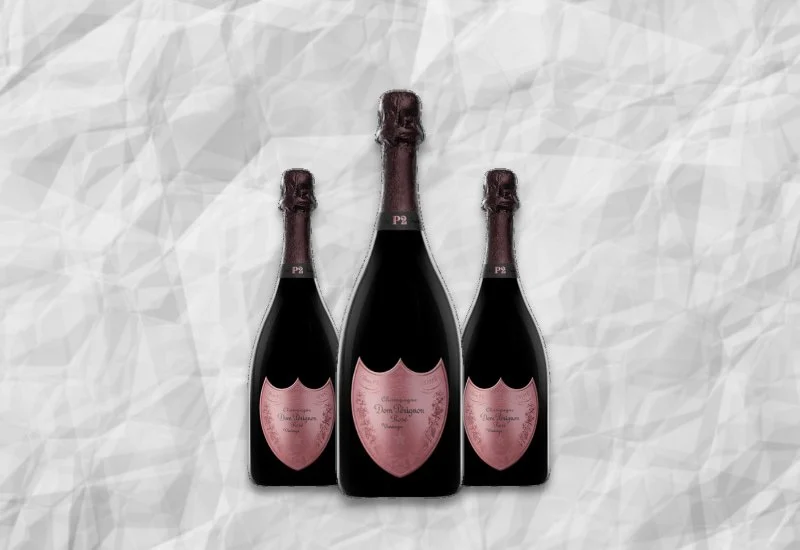
- Varietals: Champagne Blend
- Price trend: $908 in Apr 2020, $1,467 in April 2025 (+62%)
- Drinking window: 2016 - 2040
- 96/100 Robert Parker The Wine Advocate (April 2020)
5. 2010 Sine Qua Non Stockholm Syndrome Eleven Confession Vineyard Grenache, US ($1,045)

- Varietals: Grenache (Garnacha)
- Price trend: $859 in May 2020, $1,111 in April 2025 (+29%)
- Drinking window: 2014-2034
- 100/100 Robert Parker The Wine Advocate (August 2014)
6. 2018 Chateau Lafite Rothschild, Pauillac, Bordeaux ($1,027)

- Varietals: Bordeaux Red Blend
- Price trend: $710 in May 2020, $1,026 in April 2025 (+45%)
- Drinking window: 2025-2068
- 100/100 Wine Enthusiast (May 2021)
7. 2016 G. B. Burlotto Barolo Monvigliero, Barolo DOCG, Italy ($750)

- Varietals: Nebbiolo
- Price trends: $201 in Jun 2020, $727 in April 2025 (+373%)
- Drinking window: 2024-2056
- 97/100 Wine Spectator (April 2021)
8. 2018 Château Margaux, Margaux, Bordeaux ($823)
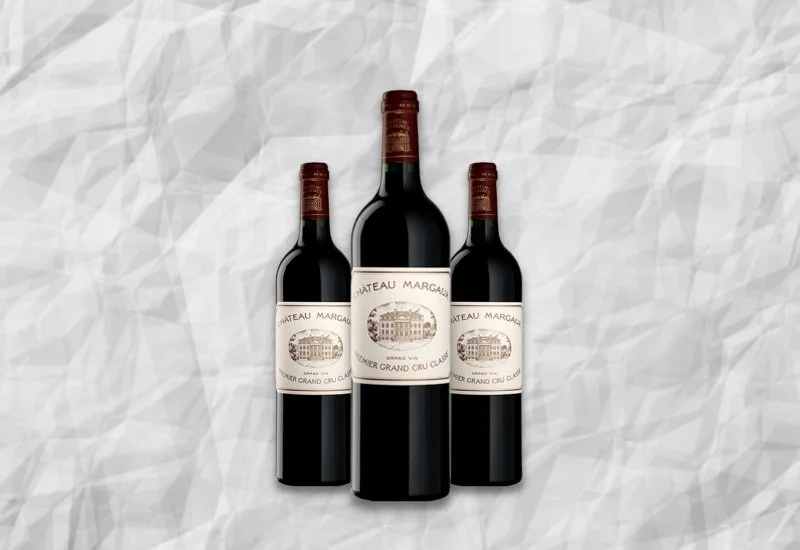
- Varietals: Bordeaux Red Blend
- Price trend: $590 in May 2020, $819 in April 2025 (+39%)
- Drinking window: 2026-2067
- 100/100 Robert Parker The Wine Advocate (April 2021)
9. 2016 Tenuta San Guido Sassicaia Bolgheri, Tuscany, Italy ($526)

- Varietals: Cabernet Franc, Cabernet Sauvignon
- Price trend: $299 in Apr 2020, $521in April 2025 (+74%)
- Drinking window: 2019-2050
- 98/100 Wine Enthusiast (May 2019)
10. 2010 Vega Sicilia Unico Gran Reserva, Ribera del Duero, Spain ($544)

- Varietals: Tempranillo
- Price trend: $506 in May 2023, $540 in April 2025 (+7%)
- Drinking window: 2020-2045
- 97/100 Robert Parker The Wine Advocate (Feb 2023)
11. 2007 Gaja Sori San Lorenzo Langhe-Barbaresco, Piedmont, Italy ($500)
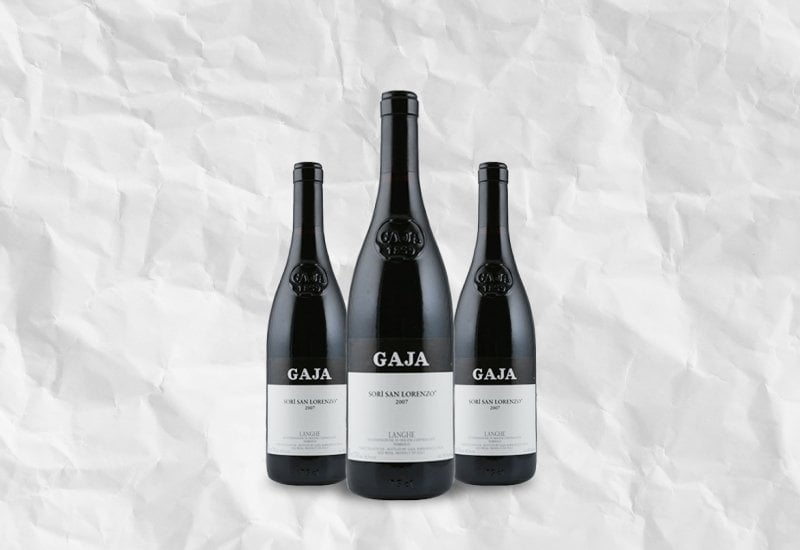
- Varietals: Nebbiolo
- Price trend: $414 in Jan 2025, $499 in April 2025 (+21%)
- Drinking window: 2027-2047
- 98/100 Robert Parker The Wine Advocate (Feb 2010)
12. 2007 La Spinetta Vursu Vigneto Valeirano Riserva, Barbaresco DOCG, Italy ($204)
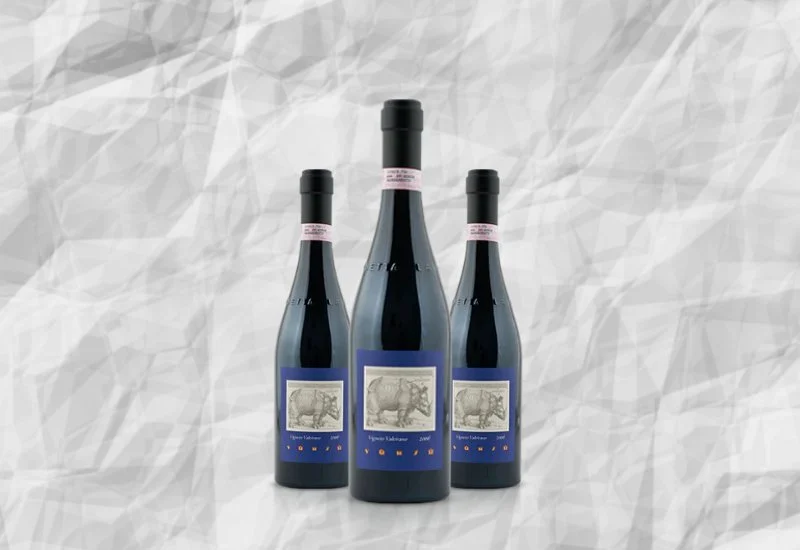
- Varietals: Nebbiolo
- Price trend: $186 in Dec 2023, $207 in April 2025 (+11%)
- Drinking window: 2020-2050
- 99/100 Robert Parker The Wine Advocate (July 2020)
So, yes, fine wine bottles like these are an excellent alternative investment to help diversify your portfolio.
But, how do you build an investment wine portfolio, buy and store these bottles, and know when it’s time to sell for a profit?
Build a Portfolio of Wine Bottles Through Vinovest
Acquiring fine wine for an investment portfolio can seem a daunting task — which is where Vinovest can help you.
Vinovest (founded by Anthony Zhang and Brent Akamine) is an online platform that simplifies wine investing.
Combining AI-driven algorithms, master sommelier knowledge, and access to a global network of top wineries and reliable fine wine vintners, we can help you build an enviable fine wine portfolio easily. We can buy, store, and sell the right wines (even En Primeur) for you. You can even have your bottle delivered to your doorstep if you prefer to pop the cork instead.
Here’s how it works:
- Sign up.
- Tell us about your investment preferences and risk appetite.
- Add a $1,000 (minimum investment) to your account.
Simply sip on some Italian Rosso as we build your portfolio and you watch it grow!
How about exploring Vinovest right away?

